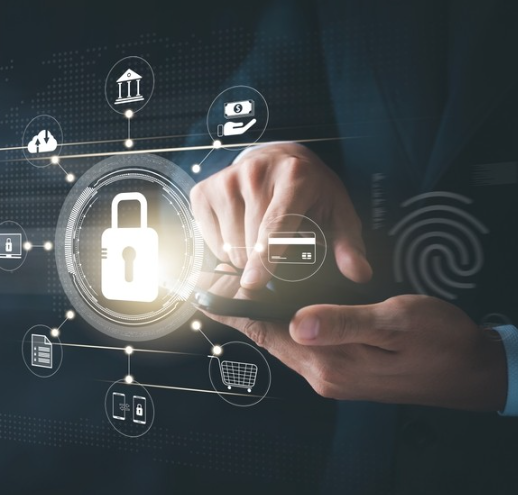Embracing Automation in Cybersecurity: A Smarter Way to Score Controls
- 139 Views
- admin
- 05/09/2025
- Cybersecurity
Keeping up with cybersecurity compliance is no small feat, especially when organizations rely on outdated, manual processes to evaluate their security controls. Traditionally, these assessments have required extensive time, labor, and expertise—only to yield results that may still lack consistency and scalability. But with today’s ever-evolving threat landscape and rising regulatory expectations, there’s a smarter solution gaining momentum: automated control scoring.
Why Manual Control Scoring Falls Short
While manual control assessments have been the norm for years, they’re increasingly becoming a roadblock rather than a safeguard. Here’s why:
- Resource Heavy: Cyber teams often spend a disproportionate amount of time collecting, reviewing, and rating control data. This diverts attention from more strategic security initiatives.
- Prone to Errors: With human input comes variability—misinterpretations, subjective judgments, and data entry mistakes that can compromise the reliability of results.
- Stale Assessments: In a fast-moving environment, manually updating scores to reflect new threats or changing frameworks becomes unrealistic.
- Scaling Challenges: As businesses grow and risks multiply, relying on manual methods simply doesn’t scale effectively.
Clearly, organizations need a more efficient, accurate, and forward-looking approach.
The Shift Toward Automation
Automated control scoring represents a leap forward in cyber risk management. By harnessing emerging technologies like artificial intelligence and machine learning, companies can now evaluate security controls with greater speed and precision. Automation allows for continuous monitoring, instant analysis, and alignment with multiple compliance standards—all without excessive manual involvement.
Key innovations behind this transformation include:
- AI & ML Algorithms: These analyze security data and apply consistent scoring models, reducing subjectivity and human errors.
- Natural Language Processing (NLP): Helps interpret and categorize security data against control criteria, improving the accuracy of control mappings.
- Integrated Automation Platforms: These tools pull data from existing security systems to keep assessments current without manual updates.
How Automation Enhances Cybersecurity Programs
1. Less Reliance on Manual Labor
By minimizing the need for manual data collection and interpretation, security teams can redirect their efforts toward identifying emerging risks, designing proactive defenses, and improving overall resilience.
2. Cross-Framework Control Alignment
Automated tools simplify the challenge of mapping one set of controls to multiple standards. Whether you’re aligning to NIST, ISO, or CMMC, automation reduces redundancy and ensures that compliance tasks support broader security goals.
3. Greater Operational Efficiency
Real-time monitoring means control assessments can happen continuously—not just during audits. This helps organizations respond more quickly to vulnerabilities and stay ahead of potential threats.
4. Reliable and Consistent Scoring
Standardized scoring eliminates discrepancies caused by subjective input, providing a clearer picture of security performance. This consistency builds trust, especially when presenting findings to executives or regulatory bodies.
5. Reduced Long-Term Costs
Although automation may require upfront investment, it leads to savings by streamlining operations, eliminating unnecessary duplication of work, and allowing cybersecurity teams to work more strategically.
Looking Ahead
As cyber threats grow in complexity and compliance obligations increase, automated control scoring is fast becoming a necessity. It equips organizations with timely, accurate insights, strengthens their defenses, and frees up valuable resources—all while promoting transparency and trust.
Transitioning to automation doesn’t mean removing the human element; it means empowering cybersecurity teams with the tools they need to perform at their best. By adopting intelligent control scoring, businesses can stay agile, compliant, and secure in a world that doesn’t stand still.
Recent Posts
- How AI is Revolutionizing Architectural Design: A Look at Tools, Trends, and the Future
- Streamlining Cyber Risk Assessments Through Automation
- Understanding the Difference Between Blockchain and Distributed Ledger Technology
- Is Bitcoin Mining Still a Viable Venture in 2025?
- Exploring AI: Unveiling Possibilities, Challenges, and Future Implications

